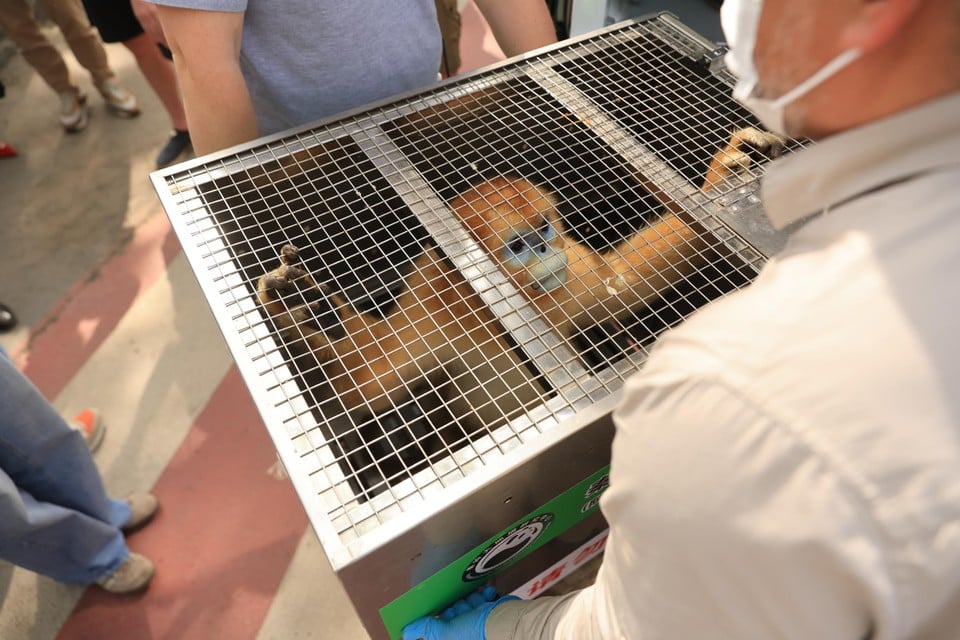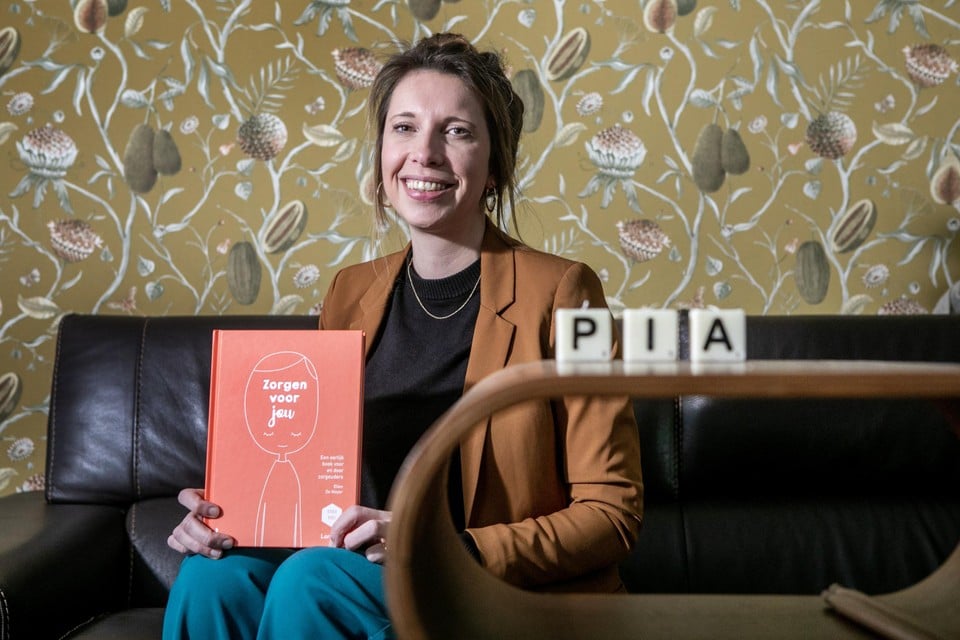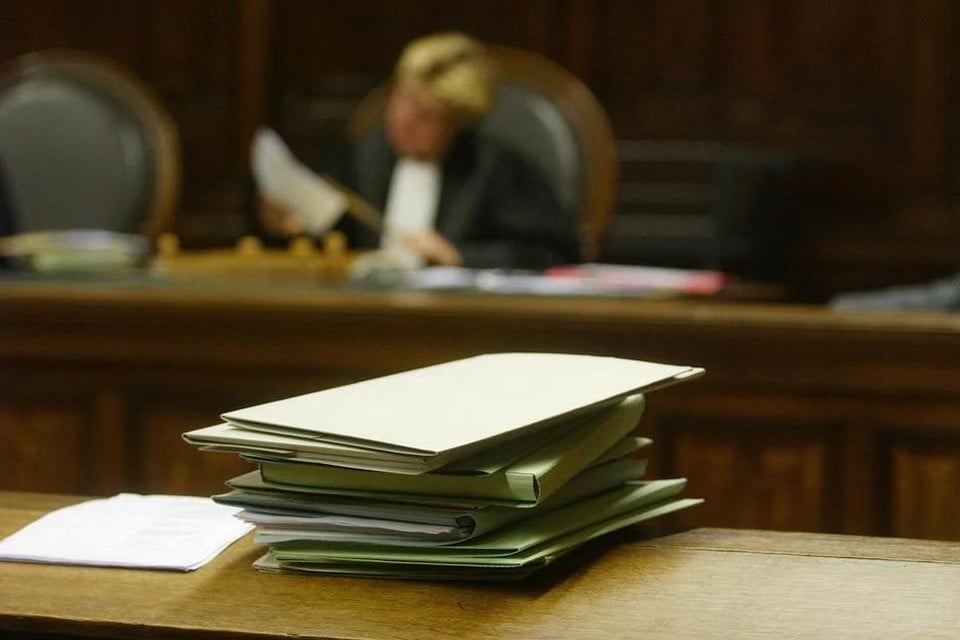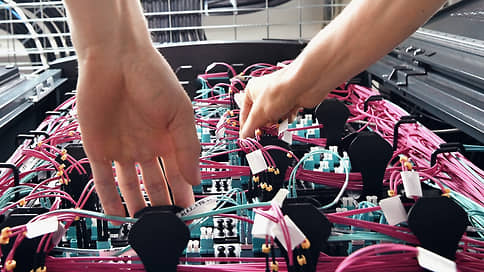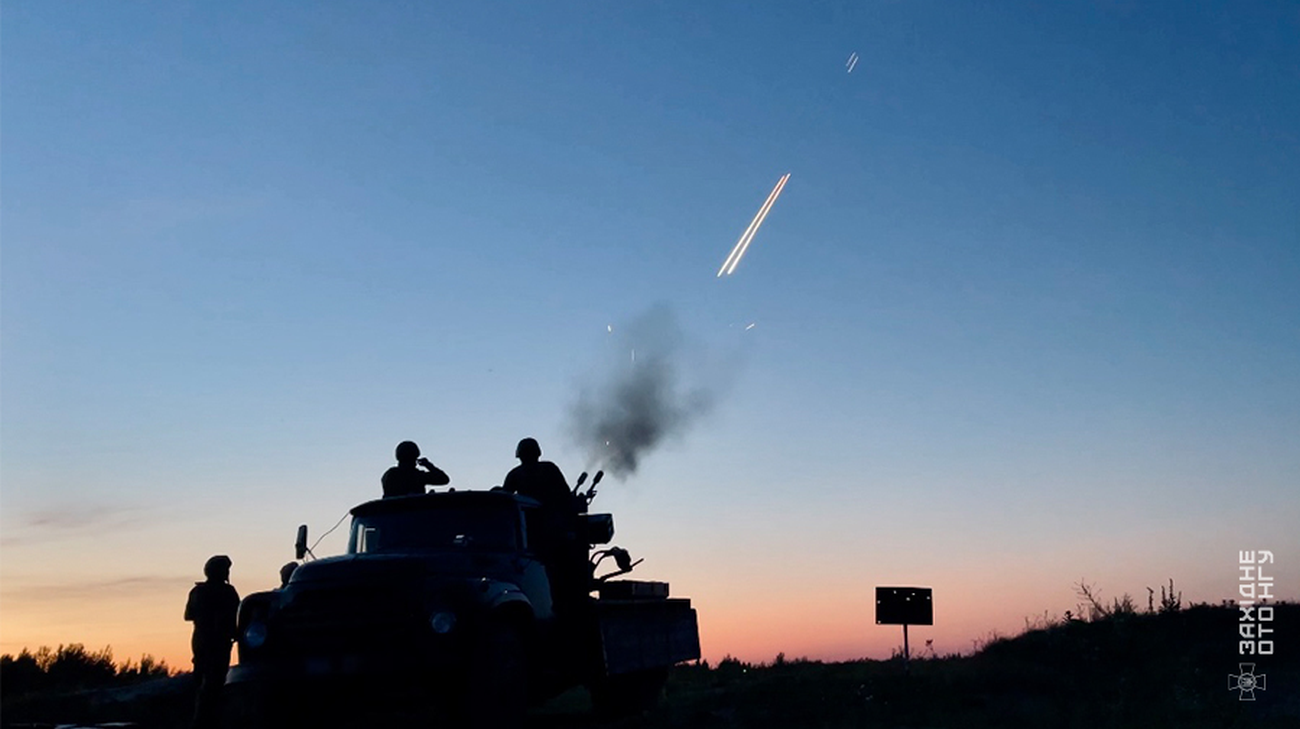Pairi Daiza has three unique monkeys from China richer
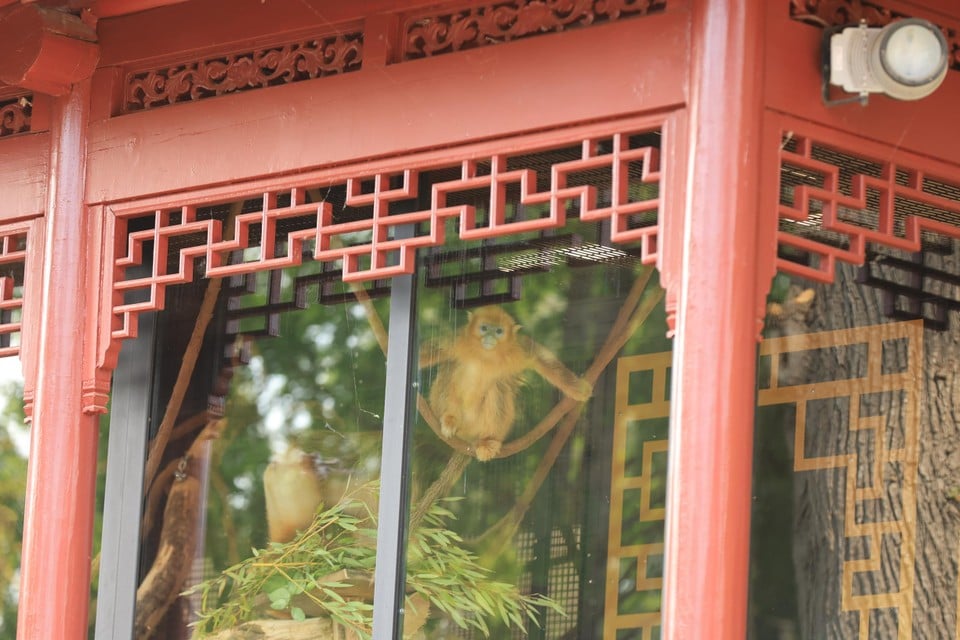
Three Qinling monkeys landed on Brussels Airport on Wednesday afternoon and arrived a few hours later in their new home in Ath. A special territory was designed for the animals in Pairi Daiza, although they cannot enter it yet. The trio must be in quarantine and will only be seen inside for the time being. At the park they don’t say it in so many words, but actually they hope that the monkeys will lure as many people as the pandas.
The new crowd pullers, two females and a male, are golden stump-nose monkeys from the Qinling mountains, centrally in China. Of their subspecies, according to estimates, only 4,000 individuals can be found, spread over difficult and strictly protected areas. They live there at a fairly large height with pandas and giant salamanders. China has never left this subspecies and has so far remained invisible to the general public.
« A French zoo, ZOOPARC de BEAUVAL, has also just received three golden stump nose monkeys from China, » says primatologist Jeroen Stevens. « But they are from a different subspecies. Within a species there is variation, although that is not that big for the eyes of most people. The monkeys in Pairi Daiza will be golden, those from Beauval come from the province of Sichuan and are a bit darker colored. In that sense, the monkeys in Pairi Daiza are certainly unique. »
Cold areas
Their arrival in Belgium is the result of a scientific cooperation agreement between Pairi Daiza and the China Wildlife Conservation Association (CWCA). The park has previously worked with China on the preservation of the giant panda and sees the arrival of the animals as an initiative for nature conservation.
« As a species as a whole, the golden stump nose monkeys are doing reasonably well, » says Stevens. « Especially since the Chinese government has focused a lot on nature conservation in reserves. But this subspecies lives in cold areas in the mountains. Due to climate warming, their area becomes smaller and therefore there is less room. They already have a very small population, if their habitat is even smaller and more fragmented, that is a problem. »
© Belga
The arrival of the rare monkeys to Pairi Daiza can have a positive impact if the park tackles it correctly. « If they adhere to the story of climate change, they give the visitors the message: » We can do something about this. » Unique animals such as people and generate money. And what about growing? « That is usually not the first goal, because exposing monkeys in the wild is not that easy. »
Chinese experts
The living environment for the Golden Stump Noses was designed with great care by the teams of Pairi Daizza, in collaboration with Chinese experts, as it turned out on a press conference on Wednesday.
© Belga
“The living environment for the three animals has an area of more than 600 m². The former stay of the goldenwanggibons was redesigned for them and refers to the forest landscape of Qinling, with Robinia-wood walking bridges, climbing structures and traditional Chinese pavilions. An 8-meter-wide vocal and offers both animal watings in a Semi-Occupation in a Semi-Occupation in a Semi-Occupation in a Semi-Buy in a Both Dierenloop in a Semi-Buy-Onderwijdings. encourages, « said spokesperson Johan Vreys.
The three golden stump -nose monkeys, which arrived by plane from China via Brussels Airport, are currently in quarantine, but visitors can already catch it.
Young animals that would be born here as part of this project, says founder and chairman of Pairi Daiza Eric Domb, will be reduced to China at the age of five years.

